Screed - The secret star among building materials
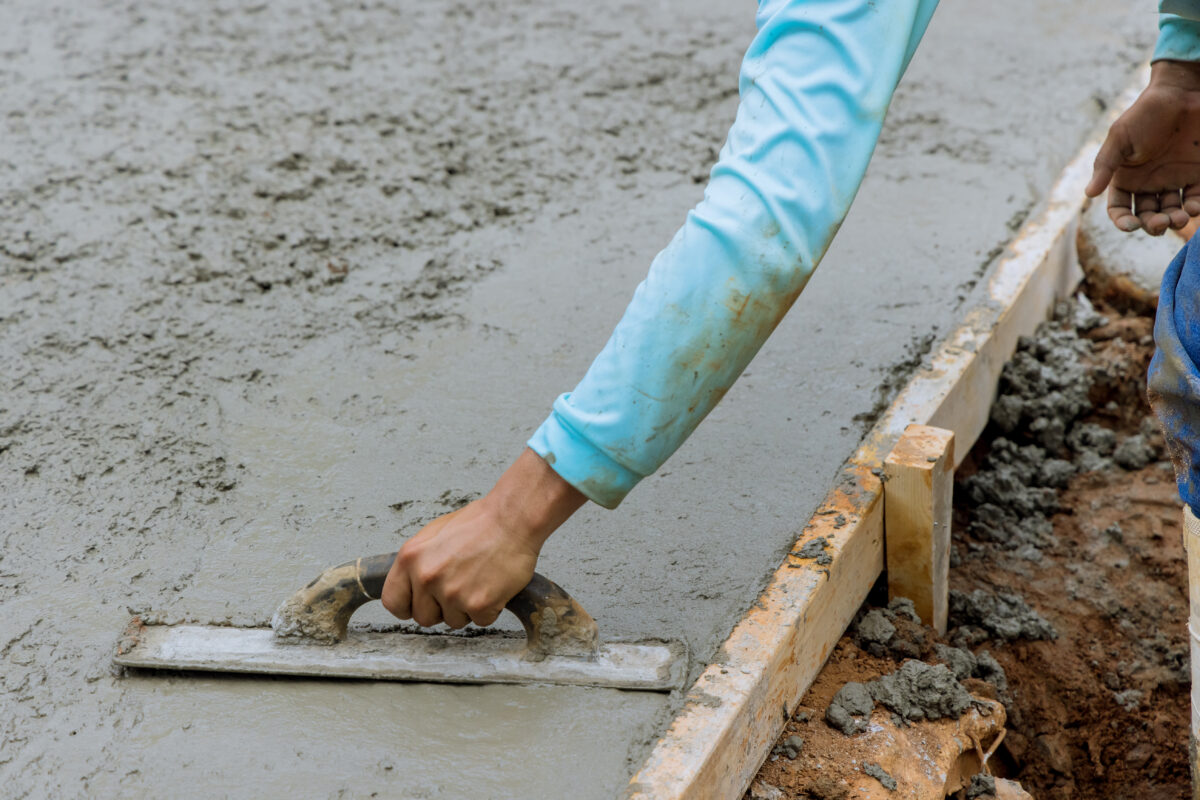
What is screed?
Screed is a cement-bound building material that serves as a substrate for the subsequent floor covering. It is applied in liquid form to the unfinished floor and then smoothed. Screed is usually between 3 and 10 centimetres thick and can be produced in various designs.
Types of screed
There are different types of screed, which differ in their composition and properties.
Cement screed: Cement screed is the most commonly used type of screed. It consists of cement, sand and water and is very robust and hard-wearing. However, it is also very brittle and can crack under high loads.
Calcium sulphate screed: Calcium sulphate screed is made of calcium sulphate, sand and water. It has a higher elasticity than cement screed and is therefore more suitable for use in rooms with underfloor heating. However, it is also more sensitive to moisture and should not be used in damp rooms.
Magnesia screed: Magnesia screed is made of magnesia, sand and water. It is very resistant to moisture and mould and is therefore particularly suitable for use in damp rooms such as bathrooms or basements.
Synthetic resin screed: Synthetic resin screed is made of synthetic resins and sand. It is very flexible and therefore cannot break even under heavy loads. However, it is also more expensive than the other types of screed.
Advantages and disadvantages of screed
Screed has various advantages and disadvantages that should be taken into account when choosing the type of screed.
Advantages:
Screed forms a stable base for the subsequent floor covering and ensures a level surface.
Screed can be adapted to individual requirements by adding additives, e.g. higher thermal conductivity when using underfloor heating.
Screed is very robust and hard-wearing and can therefore be used even with heavy loads.
Screed is available in different versions and can therefore be adapted to individual needs.
Disadvantages:
Screed needs a certain drying time before the actual floor covering can be laid. This time varies depending on the type of screed and can take several weeks.
Screed can crack if it is not processed properly, which can lead to increased effort during subsequent floor renovation.
Screed can crack if it is not applied properly, which can lead to increased effort when laying the floor covering later.
Screed can be damaged by moisture. Especially calcium sulphate screed can be damaged if it is used in damp rooms.
Screed can be more expensive than other materials that can be used as a substrate for floor coverings, depending on the type and composition.
Screed can be more difficult to remove than other materials in the case of renovations or conversions because it is firmly attached to the unfinished floor.
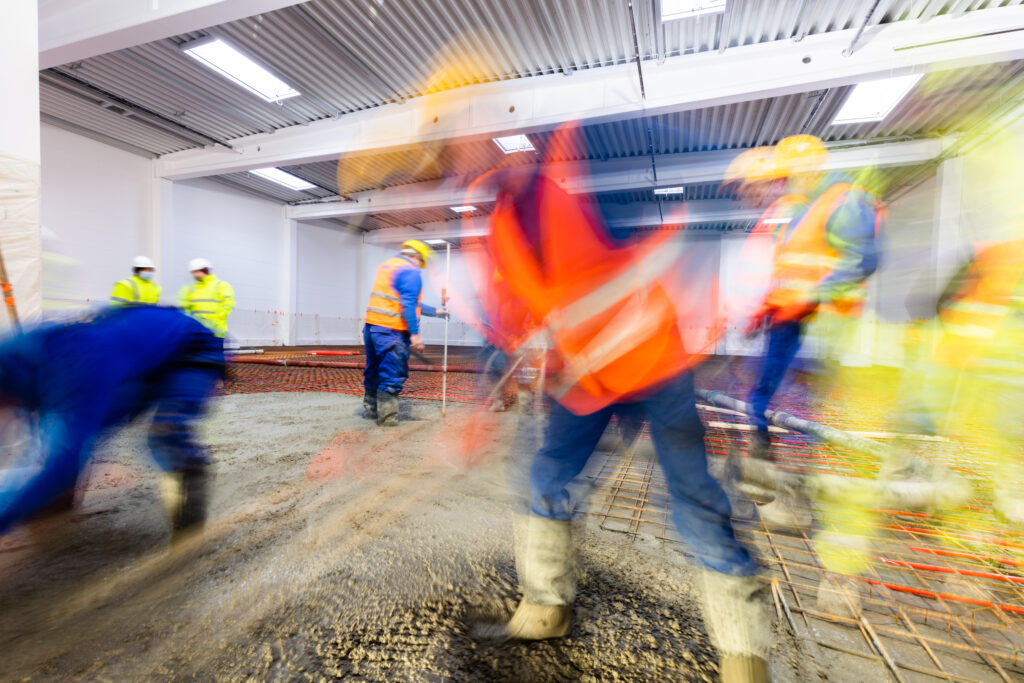
Screed processing
The processing of screed requires a certain amount of care and experience in order to achieve an optimal result.
First, the unfinished floor must be prepared by removing dirt, dust and unevenness. Then a separating layer is applied to prevent the screed from sticking.
The screed compound is then poured onto the prepared floor and smoothed with a smoothing tool. Depending on the screed type and composition, a drying time of several weeks may be required before the actual floor covering can be laid.
Screed is an important component of the floor structure and forms the basis for the subsequent floor covering. There are various types of screed that differ in their composition and properties. The choice of screed type should be tailored to individual needs and requirements. Screed has various advantages and disadvantages that should be taken into account when deciding for or against screed. The processing of screed requires care and experience to achieve an optimal result.
How much does screed cost as a substrate for floor coverings?
15-50 €/m2
The cost of screed depends on the type of screed and can usually range between 15,- and 50,- Euro per square metre.

The 10 most important facts about screed
1. screed is a cement-bound building material that serves as a substrate for floor coverings.
2. screed is applied in liquid form to the unfinished floor and then smoothed.
3. screed is usually between 3 and 10 centimetres thick and can be produced in various designs.
4. there are different types of screed, including cement screed, calcium sulphate screed, magnesia screed and synthetic resin screed.
The choice of screed type should be based on individual needs and requirements.
6. screed forms a stable base for the subsequent floor covering and ensures a level surface.
7. screed can be adapted to individual requirements by adding additives.
8. screed is very robust and hard-wearing and can therefore be used even with heavy loads.
9. screed requires a certain drying time before the actual floor covering can be laid.
10 The application of screed requires care and experience to achieve an optimal result.
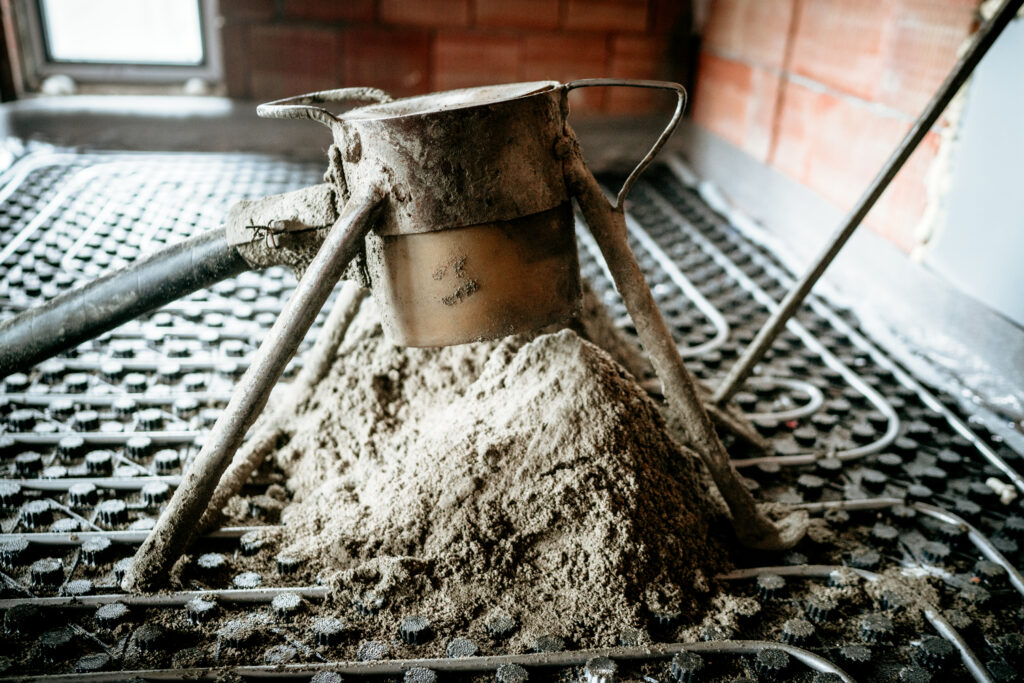
This is what screed is all about.
Layer thickness: The layer thickness is the thickness of the screed applied to the substrate. The layer thickness depends on various factors, such as the load, the room temperature and the type of screed.
Drying time: The drying time is the time needed for the screed to fully cure and be ready to be covered with the floor covering. The drying time depends on various factors, such as the thickness of the layer, the humidity and the room temperature.
Strength: The strength of the screed is an important factor that determines its load-bearing capacity and durability. The strength depends on various factors, such as the mixture, the layer thickness and the drying time.
Thermal conductivity: Thermal conductivity is an important factor when screed is used as a substrate for underfloor heating. High thermal conductivity enables fast and efficient heat transfer.
Sound insulation: Sound insulation is an important factor when screed is used in residential areas or in buildings with many users. Good sound insulation can help reduce noise and sounds.
Water permeability: Water permeability is an important factor when screed is used in rooms with high moisture levels, such as bathrooms or laundry rooms. Low water permeability can help prevent mould growth and moisture damage.
Fire behaviour: Fire behaviour is an important factor that determines the fire resistance of the screed. Some types of screed can resist fire better than others, which can be important for buildings with high safety requirements.
These key figures are important factors to consider when planning and implementing screed projects. Choosing the right screed and considering these key figures can help to create a stable and durable floor covering that meets the requirements of the project.
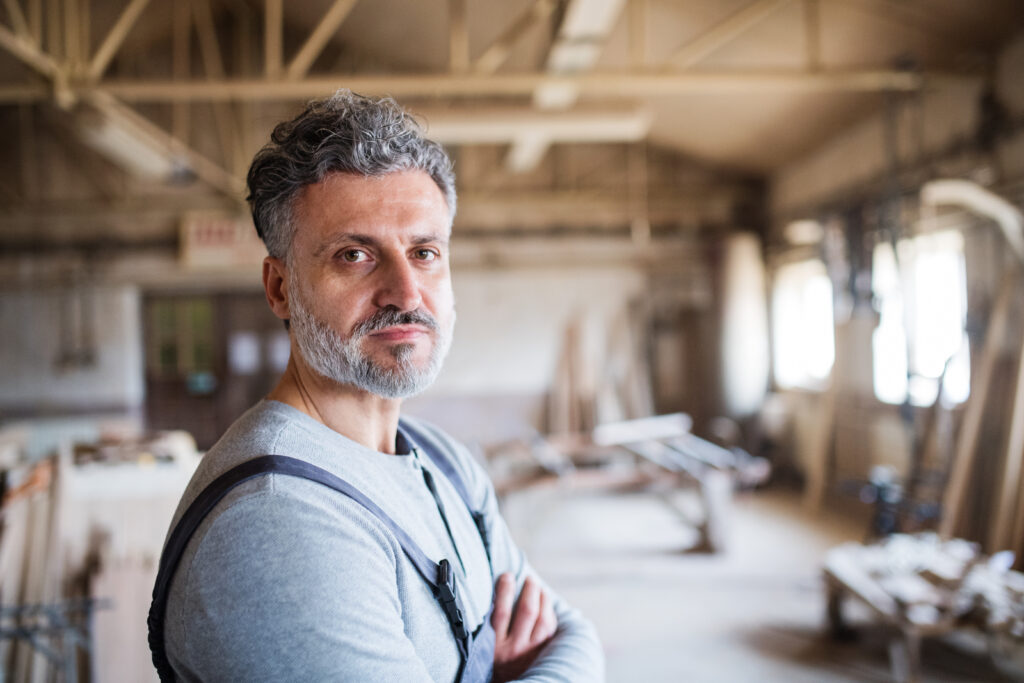
"Screed is the foundation of any floor. It is important that it is properly prepared and processed to create a level and stable substrate for the subsequent flooring."
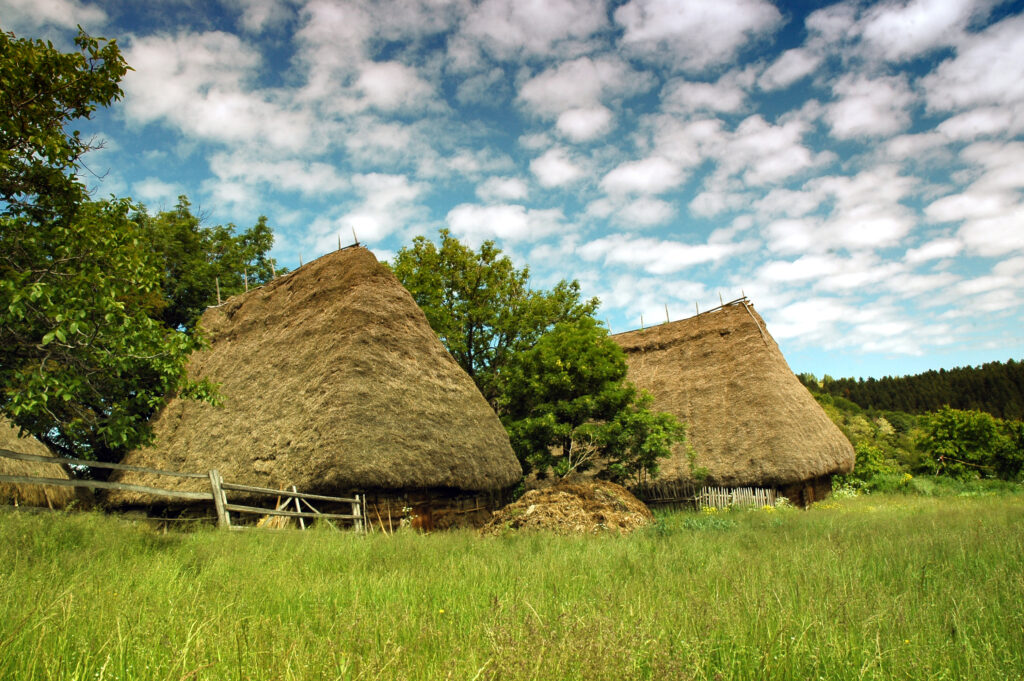
From clay and straw to modern screed The history of screed from antiquity to the present day
Long ago, when people still lived in caves, there was no screed. The floor consisted of clay and straw, which worked but was not particularly hygienic. Then, in ancient Rome, there was the so-called Opus Signinum for the first time, a kind of screed made of lime and brick dust, which created a flat surface for the first time.
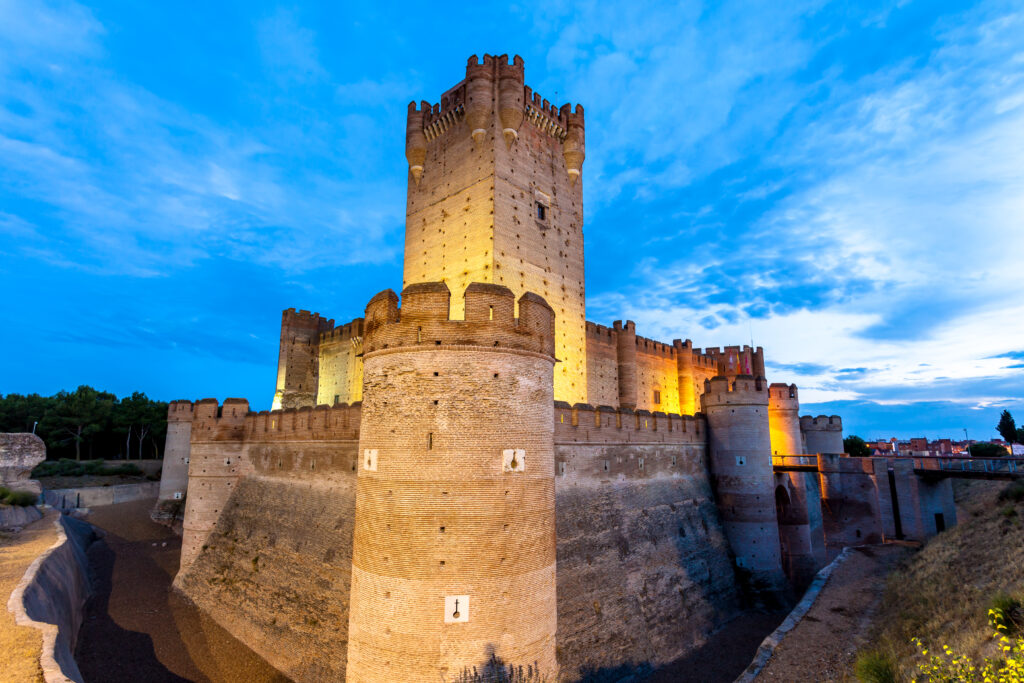
In the Middle Ages, screed made of lime mortar and sand was used to create a flat surface for stone floors. Later, wood also became more popular as a floor covering, which made screed less important.
It was not until the 19th century that screed made a comeback, when the need for level floor space increased for industrialisation and housing construction. At that time, screed was made from gypsum mortar and sand, which could be processed quickly and easily.
In the 1920s, screed was then made from cement, sand and water, which is still the most common type of screed today. The invention of underfloor heating also led to the development of special types of screed such as calcium sulphate screed, which is more suitable for use with underfloor heating.
Today, screed is available in various designs and compositions that can be adapted to individual requirements.
The forgotten hero of the floor
Screed may seem self-evident today, but its history is one of discovery, invention and development. Without screed, it would be difficult to create a level floor on which we could walk and
can live. So next time you walk on a floor, remember that screed is the forgotten hero of the floor!
Screed: A versatile material with future potential
Screed is not only an important basis for flooring, but also a versatile material with future potential. Especially in times of climate change and the energy transition, screed is becoming increasingly important as a building material. By adding special additives, screed can achieve higher thermal conductivity and is therefore particularly well suited for use with underfloor heating systems. In combination with renewable energies such as solar energy, screed can be used as a heat accumulator to reduce the energy demand of buildings.
In addition, screed can also be used to improve sound insulation. By using sound absorption mats and sound absorption panels, the sound in the room can be reduced and thus the indoor climate improved.
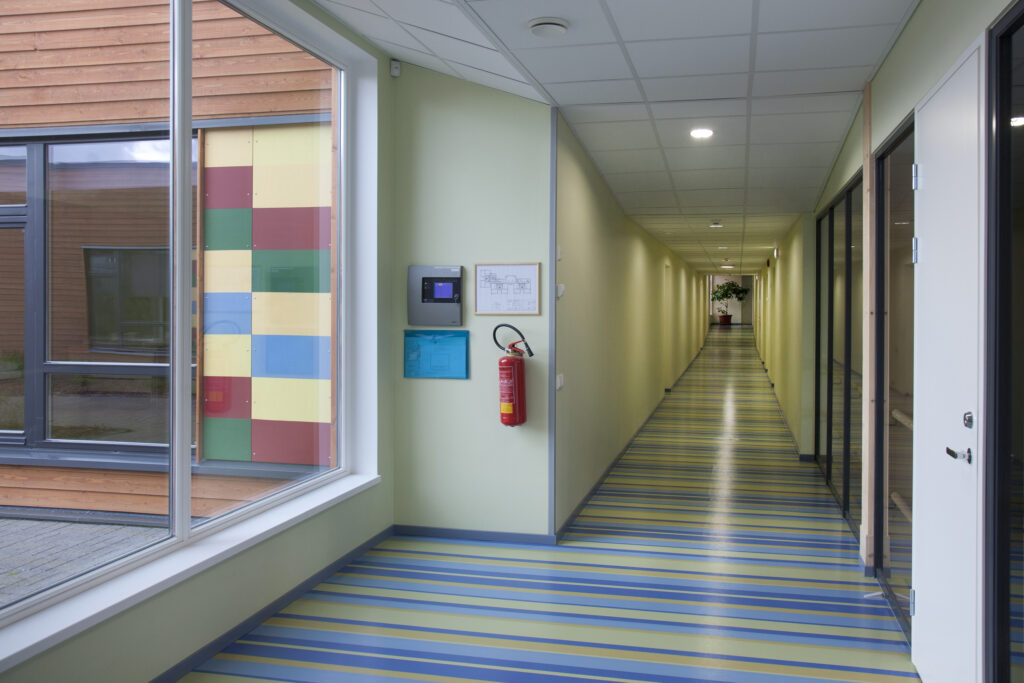
Last but not least, screed also offers a wide range of possibilities in the area of design. By using colour pigments or incorporating materials such as glass, gravel or metal, individual designs and patterns can be created.
The history of screed is one of discoveries, inventions and developments. From its beginnings in clay and straw to the modern screed made of cement, sand and water – screed has always evolved over the centuries and is now an indispensable part of floor construction.
But screed is not only a basis for flooring, it is also a versatile material with future potential. By adding special additives, screed can achieve higher thermal conductivity and be used as a heat accumulator. Furthermore, screed also offers a wide range of possibilities in the area of sound insulation and design.
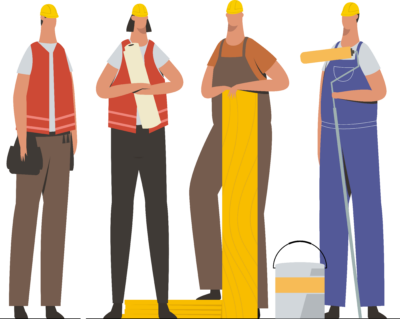
Which trades work with screed today?
Floor layers: Floor layers lay the actual floor covering on the screed, which has previously been prepared by screed layers.
Screed layers: Screed layers prepare the subfloor and apply the screed to the unfinished floor. They ensure that the screed is evenly distributed and smooth.
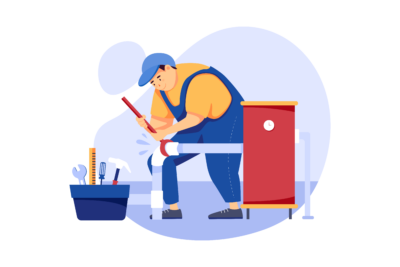
Heating contractors: Heating contractors may install the underfloor heating, which is embedded in the screed and thus ensures even heat distribution.
Tiler: Tile layers lay tiles on the screed, which has previously been prepared by screed layers.
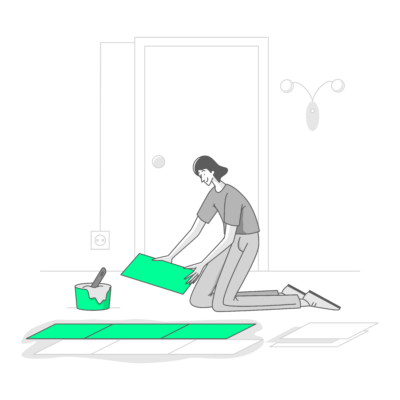
Parquet layers: Parquet layers lay parquet on the screed that has previously been prepared by screed layers.
Painters and varnishers: Painters and varnishers can, if necessary, finish or paint the screed to achieve a specific design.
All in all, various trades work with screed to create a level and stable substrate for the subsequent floor covering. Each trade has its own special tasks and requirements that must be taken into account when working with screed.
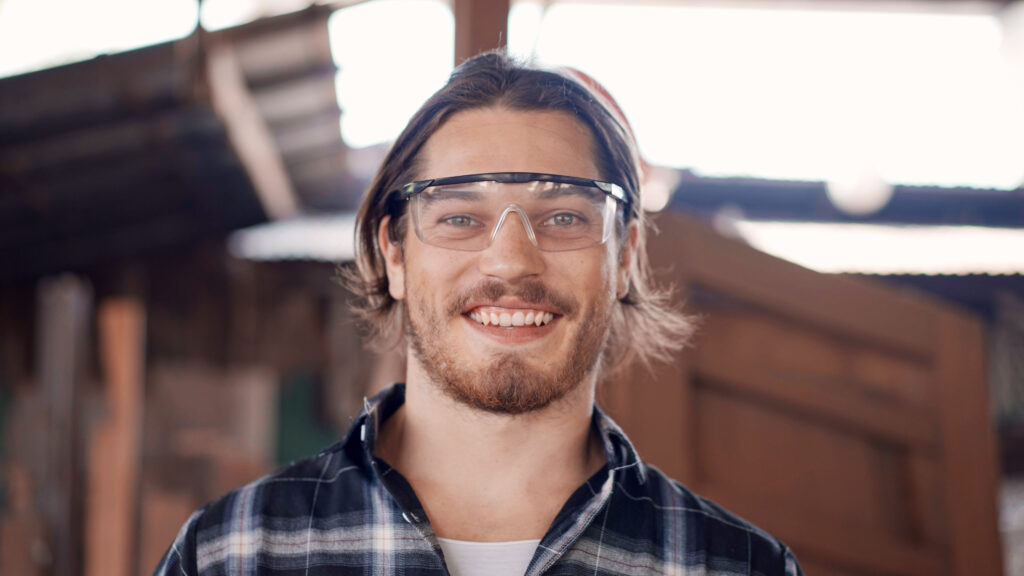
Screed is like the foundation of a relationship - if it's not done well, it can lead to problems later. But if it's done well, it lasts forever."
The largest producers of screed in Germany and Europe
Germany:
Ardex GmbH
Knauf Gips KG Saint-Gobain Weber GmbH
Mapei GmbH
Sika Germany GmbH
Europe:
LafargeHolcim Saint-Gobain Weber Mapei
Ardex GmbH
Knauf Gips KG
These companies have a large share of the European screed market and offer a wide range of screed products and systems. However, it is important to note that there are other manufacturers and suppliers. Choosing the right manufacturer and screed type depends on the individual requirements and needs of the project.
The importance of screed for the building materials trade and specialist building materials markets
Screed is of great importance to the building materials trade and specialist building materials markets. As an important component of the floor structure, screed is required for almost every construction or renovation project where a level floor covering is desired.
Specialist building material markets and the building material trade offer a wide range of screed products and systems that meet the individual requirements and needs of customers. This includes the different types of screed such as cement screed, calcium sulphate screed, magnesia screed and synthetic resin screed, as well as special additives that enable higher thermal conductivity or sound insulation.
In addition, specialist building material stores and the building material trade also offer expert advice and support in the selection of the right screed for the respective project. This also includes the processing of screed, the correct drying time and the use of suitable tools.
Overall, screed is an important sales driver for specialist building materials markets and the building materials trade. Due to the great importance of screed in the construction industry and the individual requirements of customers, a high demand for screed products and systems is also expected in the future

Screed is like the heart of the floor - it holds everything together and makes sure it's stable and safe."
10 practical tips for the craftsman's handling of screed
With these 10 practical tips, you are well equipped to handle screed with craftsmanship and achieve an optimal result. However, always bear in mind that screed requires a certain amount of care and experience and seek advice from an experienced professional if necessary.
The five biggest mistakes you can make when dealing with screed:
By avoiding these mistakes and through careful workmanship, a high-quality and long-lasting screed can be achieved

"Screed is like the carpet on a staircase - if it's not done properly, everything else is worthless."
In which countries do you build without screed?
There are many countries where floors are constructed without screed. The type of floor construction depends on various factors, such as climatic conditions, availability of building materials and cultural and architectural preferences.
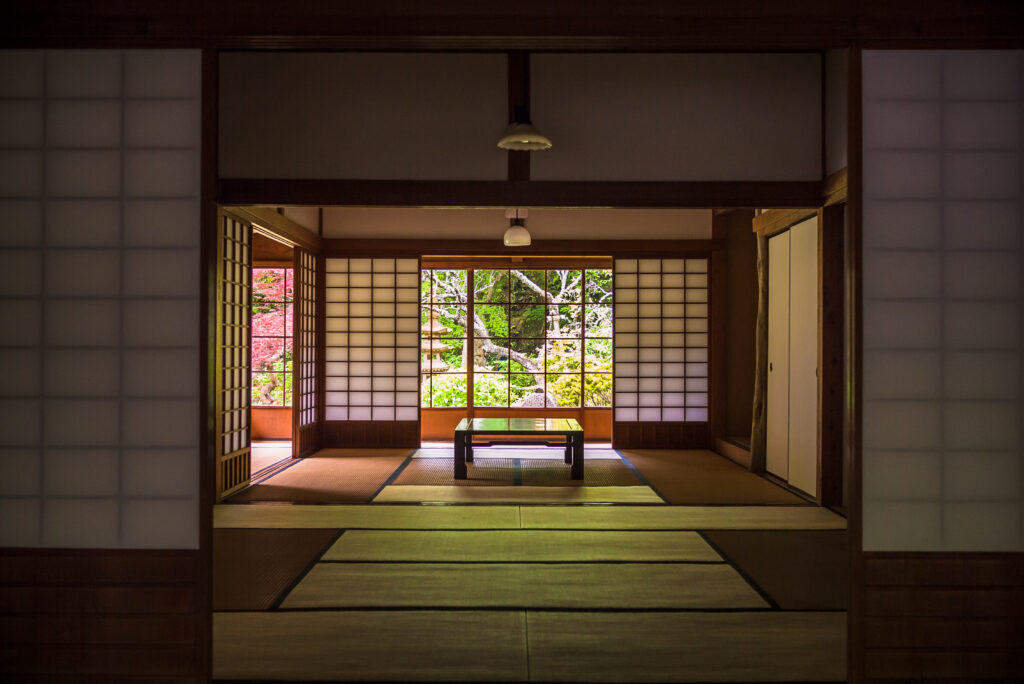
Some countries where floors are constructed without screed are:
Japan: In Japan, a floor covering made of tatami mats on a base of rice straw is often used. This type of flooring is soft, durable and insulates well against heat and cold.
Southeast Asia: In countries such as Thailand, Indonesia and Malaysia, floors are often constructed from wood or bamboo. These floor coverings are durable and robust and fit well with the tropical climate of the region.
Mexico: In Mexico, floors are often constructed from terracotta tiles or cement tiles. These floor coverings are durable and robust and fit well with the sunny climate of the region.
Morocco: In Morocco, floors are often constructed from Zellige tiles, which are handmade ceramic tiles. This type of flooring is durable, attractive and fits well with the cultural style of the region.
Scandinavia: In Scandinavia, floors are often constructed of wood, which creates a warm and cosy atmosphere. This type of flooring is durable and robust and fits well with the cool climate of the region.
This list is not exhaustive, there are many more countries where floors are constructed without screed. However, it shows that there are many different ways of designing a floor without screed, which are adapted to the climatic conditions, cultural preferences and availability of building materials in different regions of the world.
Conclusion:
Screed is an important part of floor construction and is used as a substrate for many different floor coverings, including tiles, parquet, carpet and vinyl flooring. Screed can be made from a variety of materials, such as cement, gypsum, synthetic resin or calcium sulphate, and is applied to the subfloor to create a level and stable base for the flooring. Screed has a number of important key figures, such as layer thickness, drying time, strength, thermal conductivity, sound insulation, water permeability and fire behaviour, which should be taken into account when planning and implementing screed projects. There are also alternatives to screed that can be considered depending on the project and requirements. Screed is an important building material for the construction industry and is used in many buildings and applications

